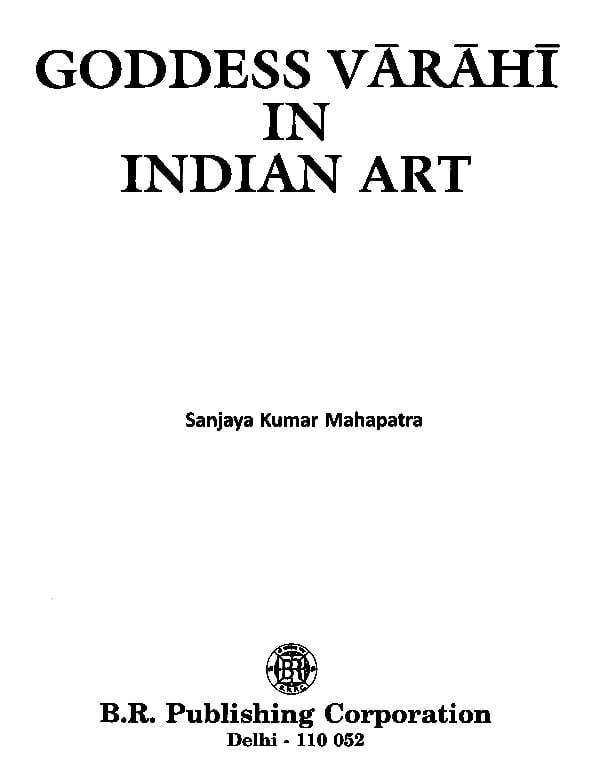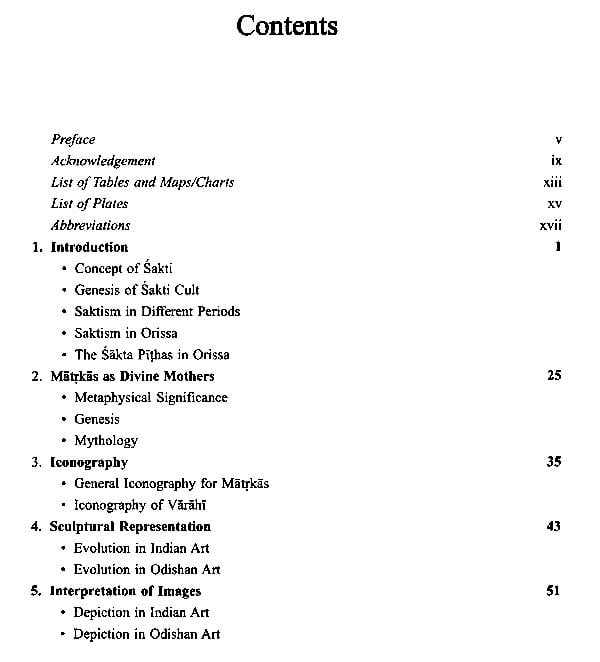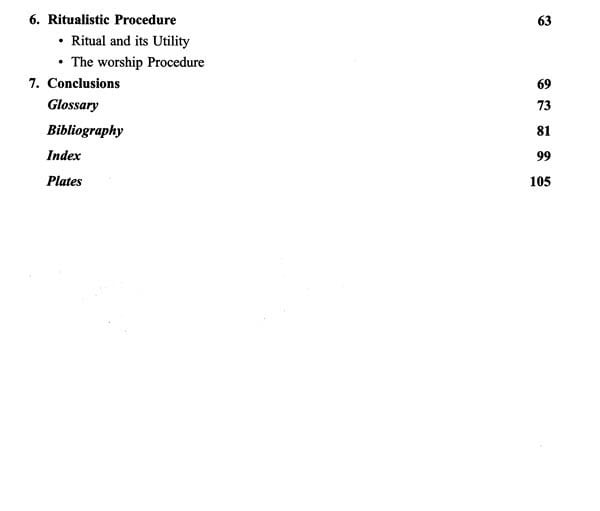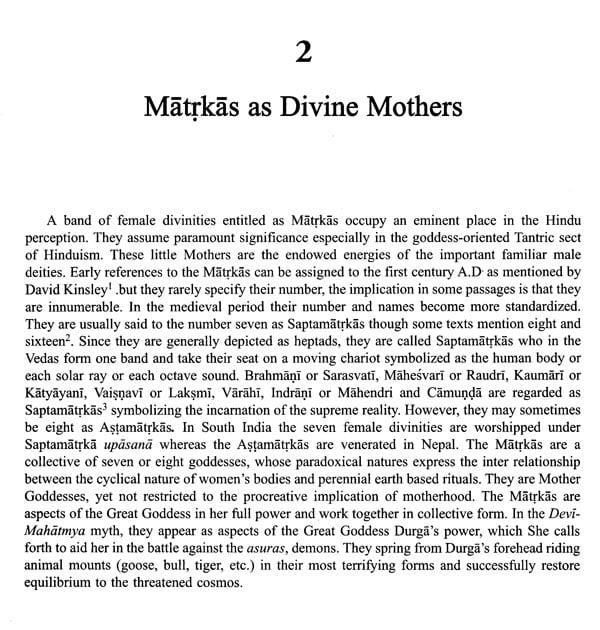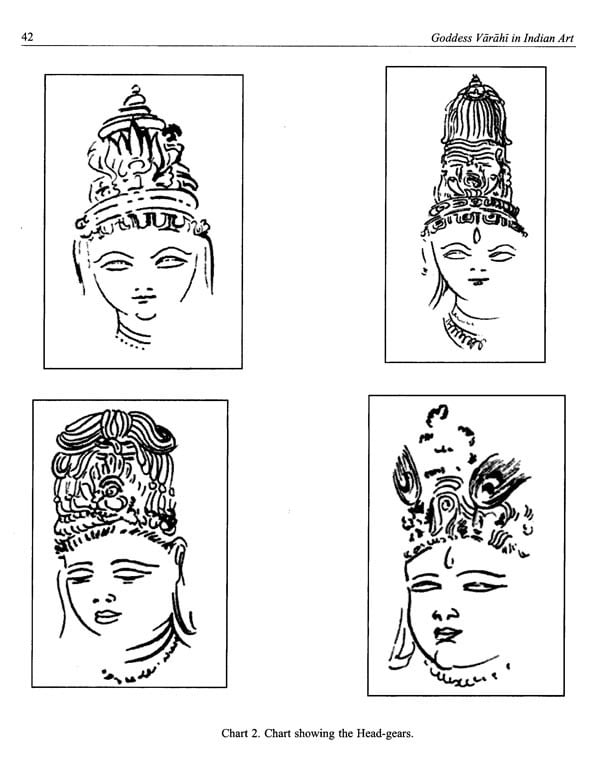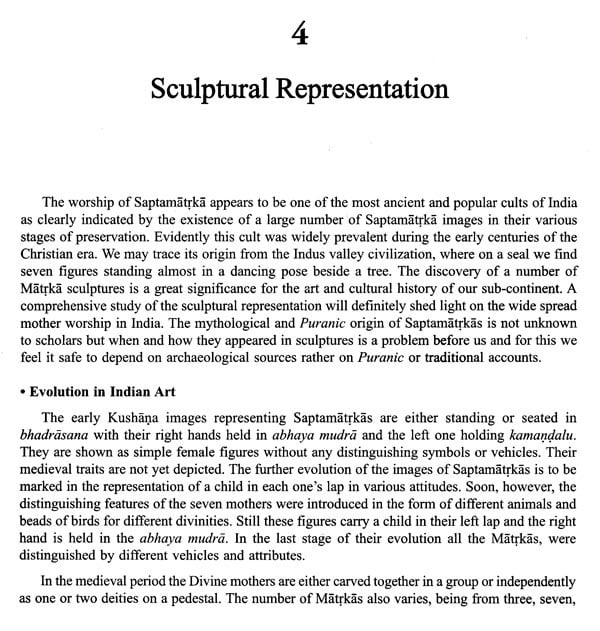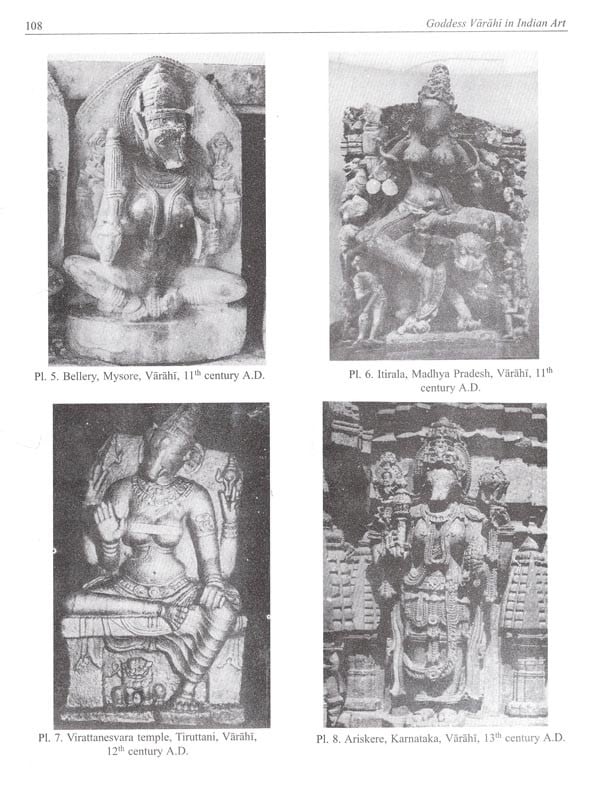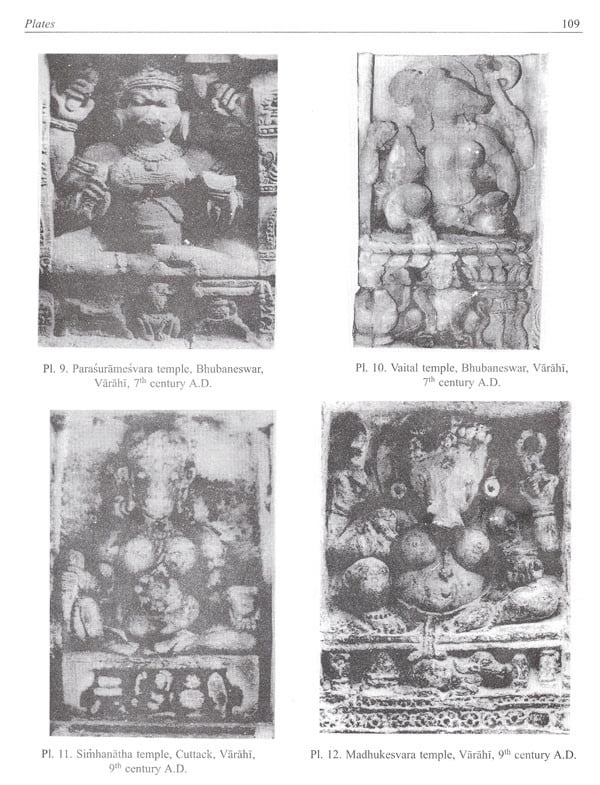
Goddess Varahi in Indian Art
Book Specification
| Item Code: | AZE595 |
| Author: | Sanjaya Kumar Mahapatra |
| Publisher: | B.R. Publishing Corporation |
| Language: | ENGLISH |
| Edition: | 2018 |
| ISBN: | 9789387587113 |
| Pages: | 126 (Throughout B/w Illustrations) |
| Cover: | HARDCOVER |
| Other Details | 11.00x9.00 |
| Weight | 650 gm |
Book Description
and variegated pictures of the Goddess Vārāhi which glorify the Art History of India highlighting the iconography of individual images with special reference to the Silpa and Tantric texts. He focuses on different depictions of Värähi images. The book also incorporates the genesis of Sakti cult, sākta pithas of Odisha, origin and evolution of the goddess Värähi, survey of prominent sculptures found both in Odisha and Indian sub-continent. The work abounds in photographs revealing the variety forms of the goddess which will create interest for scholars and students of Indology, particularly those studying religious art, architecture and sculpture of Odisha in particular and that of India in general.
Dr. Mahapatra is well versed in Yoga, Tantra and Astrology and has got the credit to publish seventy articles in the different national and state journals which brought him state and national repute in recognition. His valuable books "Mahisasuramardini in Art, Iconography and Cult Practices, Mahisasuramardini: The Great warrior Goddess, Camunda in Mythology, Art and Iconography and The Khakharā Temples" are well appreciated by the scholars. Besides, he has co-edited the two volume work "A Bouquet of Indian Heritage, Research and Management". His edited treatise "Social History of Orissa in 19th Century" is also a unique reference work. For the attainment of spiritual goal and ever blissful state he was initiated into the path of Kriya Yoga in 1988.
The antiquity of Sakti cult in India dates back most probably to the 3rd millennium B.C. on the basis of terracotta figurines discovered from the Harappa sites and the historic rock shelters where the Sakti is manifested in triangular genital forms or in the forms of fecundity and fertility. She was invoked and adored in the names of Us, Aditi, Śri, Sarasvati etc in the Vedic age while Durga, Candika, Saptamātṛkä, Yoginis, Camunda etc in the Epic and Mahabharata periods. She is Mahākāli, Mahalaksmi and Mahisarasvati as delineated in the Märkandeya Purana. Even modern Indian saints like Ramakrsna Paramahamsa and Sri Aurovinda have invoked this Sakti in the shape of Divine Mother. She is also regarded as the Maya and Prakrti by the Vedantins. Being the primordial energy she creates, sustains and dissolves the universe. That is why since the dawn of civilization the worship of the Divine Mother crept into the spiritual and religious beliefs of mankind.
The Sakti cult occupies a pivotal position in the socio-religious life of Indian people. The paintings and engravings of the rock-cut art, the bisected triangles, the perforated stones in the rock shelters and the Yoni stone etc have not only strengthened the above statement but also provided the concrete materials to the scholars to prove the beginning of Sakti cult in India since the pre-historic period. Further, the primitive tree-worship is no doubt the early manifestation of mother-worship which reinforces the genesis of Sakti cult in India to a hoary past.
**Contents and Sample Pages**
